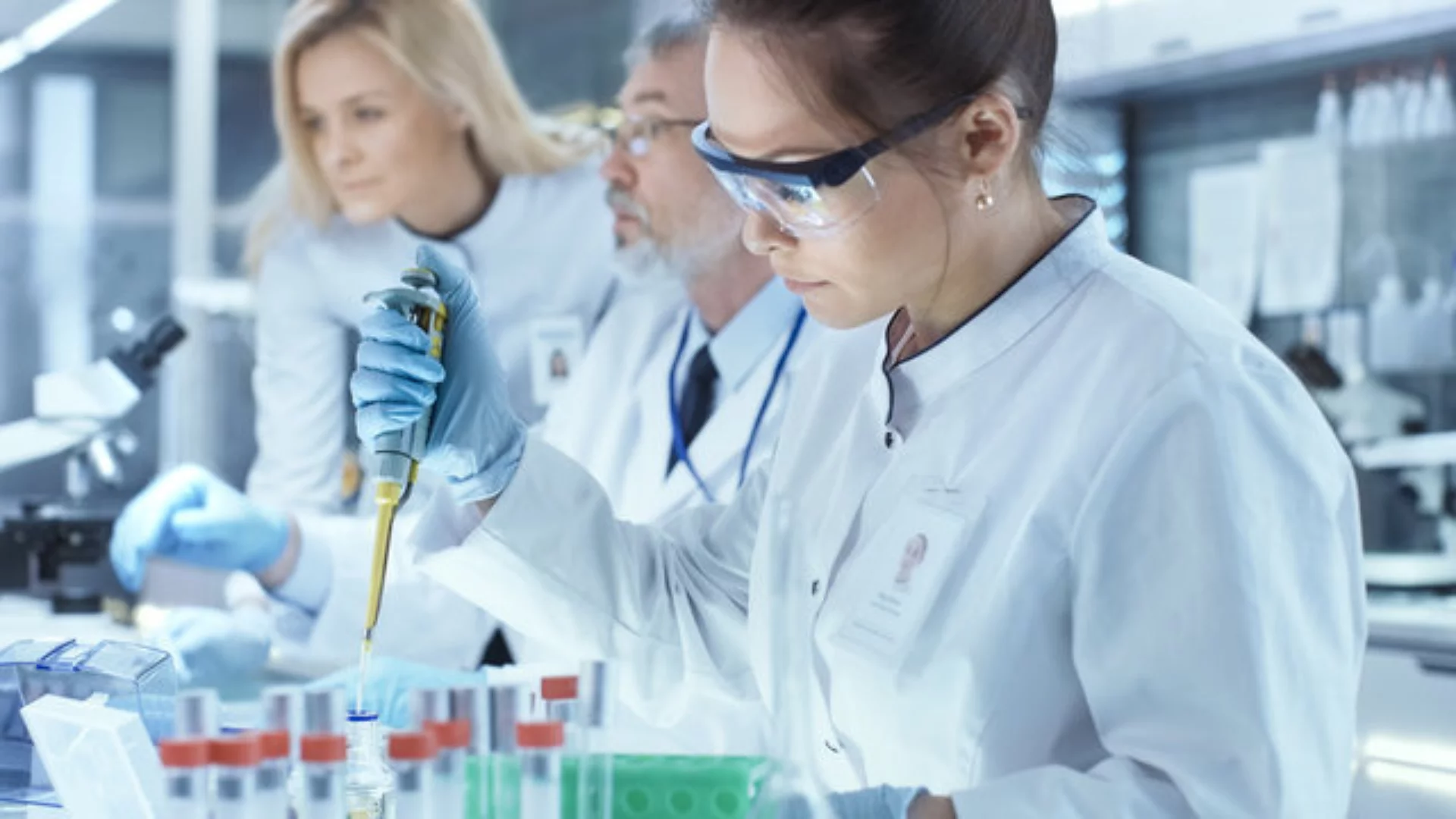Pharmacokinetics is a quantitative evaluation of drug absorption, distribution, metabolism, and excretion. Pharmacokinetic testing studies how a body processes a pharmaceutical drug while it exerts drug action on that specific body. The scope of pharmacokinetic (PK) assay development not only covers healthy patients but also includes the assessment of a broad range of pathological and physiological conditions. Multiple aspects of PK clinical trials and pre-clinical assessment allow physicians to design customized dosages to enhance therapeutic outcomes.
Pharmacokinetic testing is critical to demonstrate a relationship between drug activity and its clinical benefits. Data generated by pharmacokinetic services and PK labs for molecule identification and optimization is crucial for subsequent dosage design and adjustment in routine practice. Today, the complexity surrounding pharmacokinetic testing has evolved. New experimental models and computer modeling have improved our understanding of pharmacokinetic evaluations.
The current article explores future trends in pharmacokinetic testing.
Understanding future trends and advancement in pharmacokinetic testing
Drug metabolism enzymes control the metabolism of endogenous and exogenous substances. Metabolic transformation is the primary process through which most drug products lose their pharmacological activity. This transformation produces metabolites that are excreted from the body. Therefore, metabolizing enzymes are crucial for drug pharmacokinetics. The metabolism of xenobiotics can be classified into phase 1 and 2 reactions. Today, an advanced understanding of enzyme characteristics involved in human drug metabolism is needed to avoid severe drug reactions. Current efforts are focused on understanding the function of drug-metabolizing enzymes concerning drug pharmacokinetics, including isoforms of enzymes such as CYP and UGT.
Therapeutic biologics such as monoclonal antibodies, peptides, and vaccines are developed rapidly. However, its associated risk factors related to drug-drug interactions are also increasing. The pharmacokinetic properties of biologics are different from small molecule drug products. Most biologics are degraded rapidly in the GI tract after oral administration. Hence, alternative routes are often employed to deliver therapeutic biologics. Therapeutic biologics are distributed mainly through lymphatic drainage, cell-mediated, and transcytosis.
When it comes to drug-drug interactions for therapeutic proteins, they differ in elimination compared to nucleic acids and peptide drugs. Peptide drugs and nucleic acids are excreted rapidly by nucleases and peptidases.
Applying mathematical modeling to pharmacokinetic testing explores the role of simulation in improving common issues and understanding related to human pharmacology. Animal models are generally used in experimental physiology, pathology, and therapeutics, especially for new drug products. However, during the early phases of drug discovery, various cell-based models are employed to predict human pharmacokinetic and toxicokinetic behavior.
Must Read: Importance of Clinical Pharmacokinetics Services in Drug Development and Clinical Trials
Today, PB/PK modeling is introduced widely into pharmacokinetic estimation. This approach predicts in-vivo PK characteristics by integrating specific parameters such as system-specific physiological parameters, drug-specific parameters, and model structure. This model can quantitatively assess drug concentration kinetics in blood and tissues. PB/PK studies are widely used in drug development to access drug-drug interaction. Besides, they can also predict first in human PK profiles. However, future directions in PB/PK modeling should support clinical trials as PB/PK modeling causes unclear modifications in system-specific parameters or transporter-mediated mechanisms.
